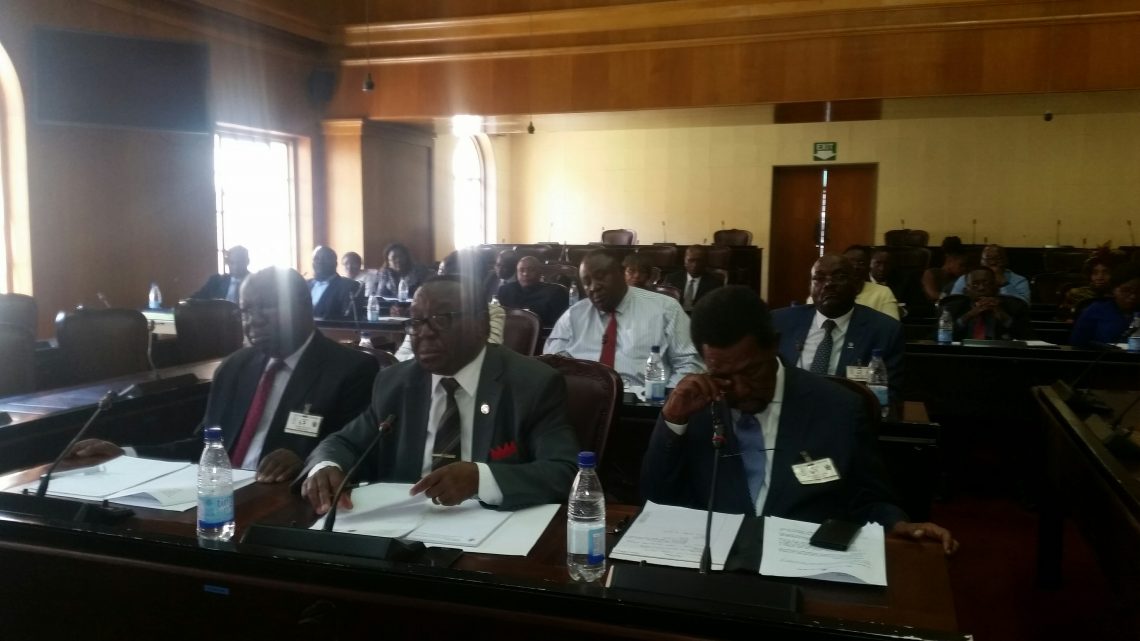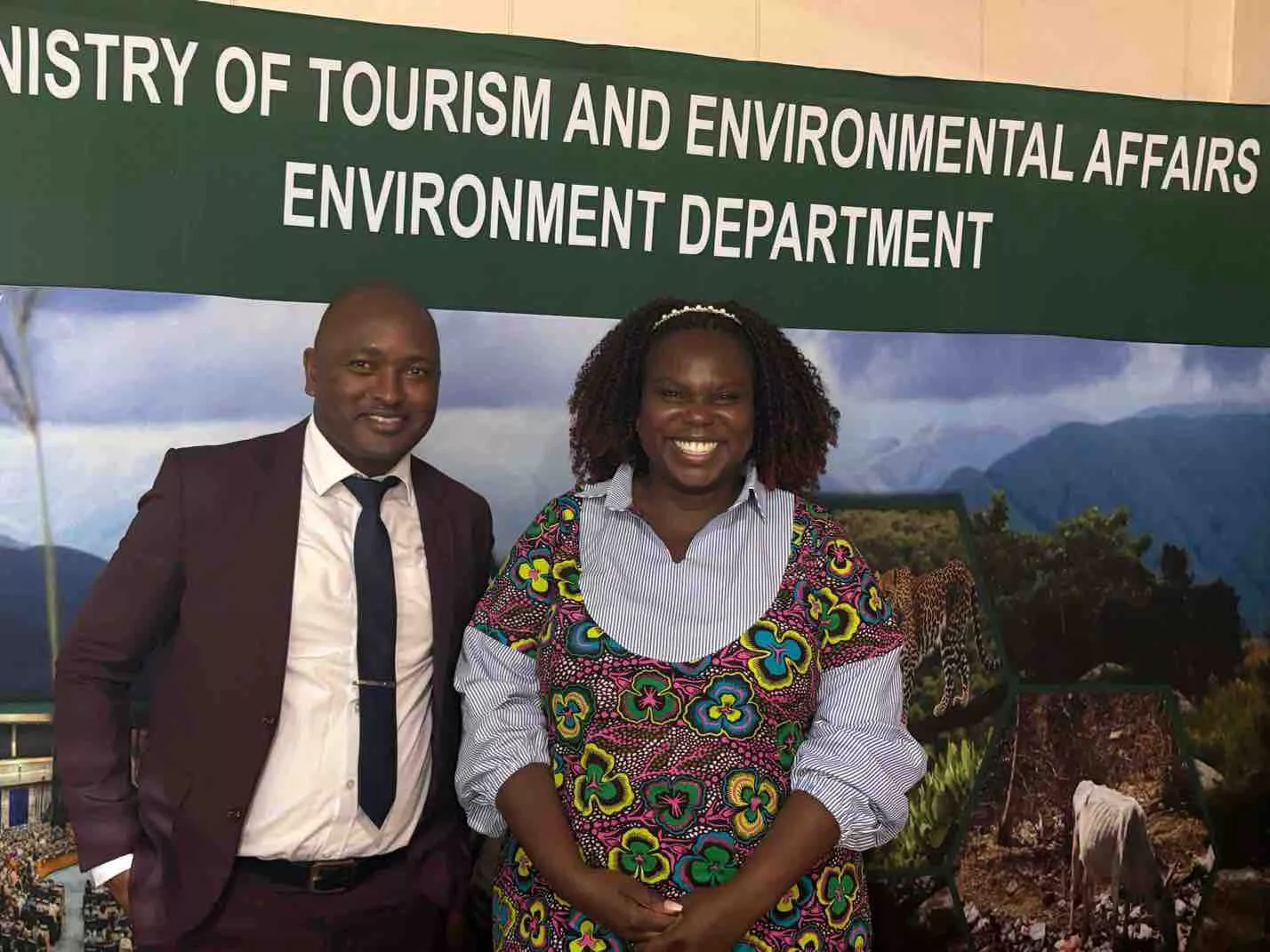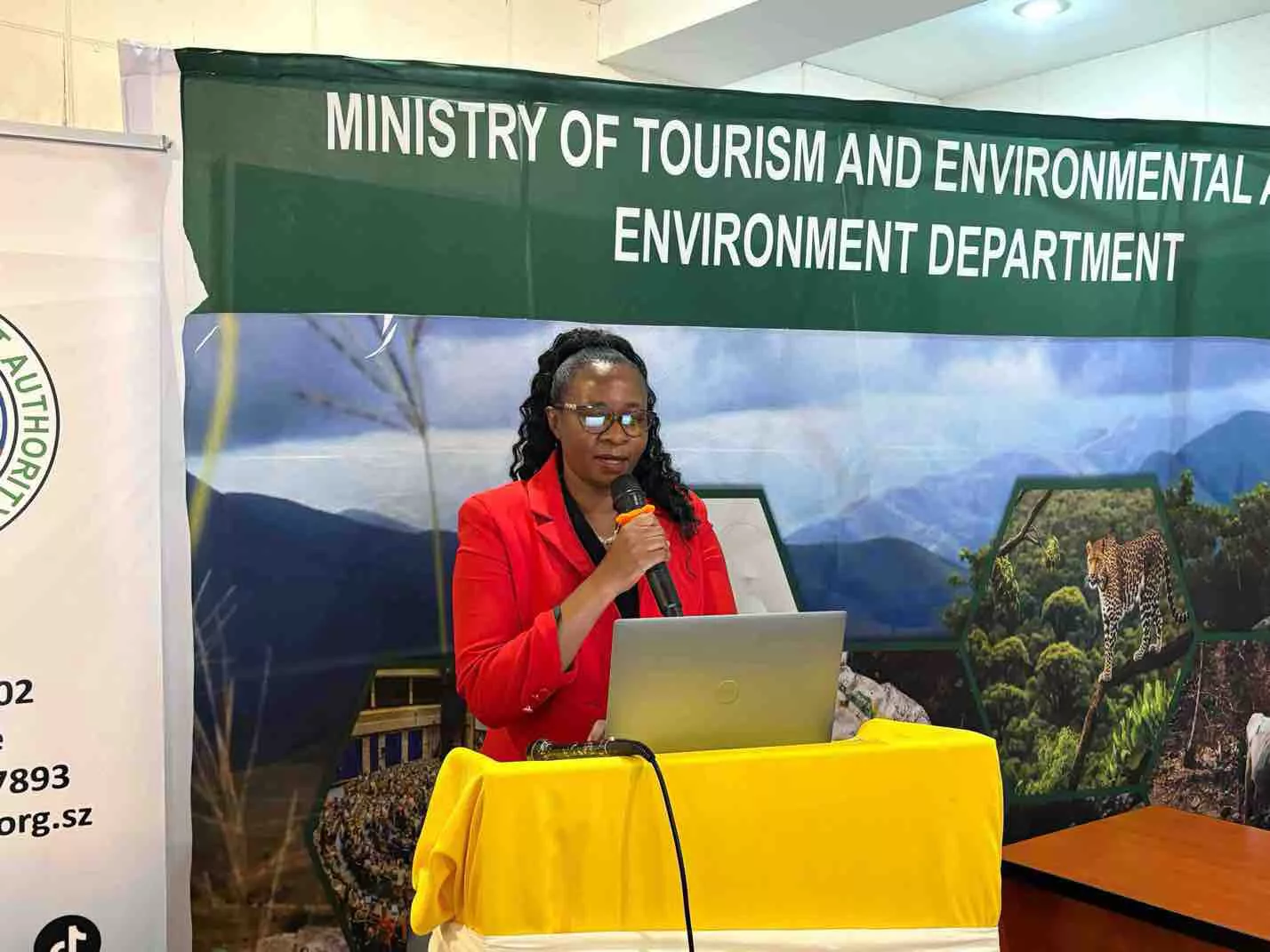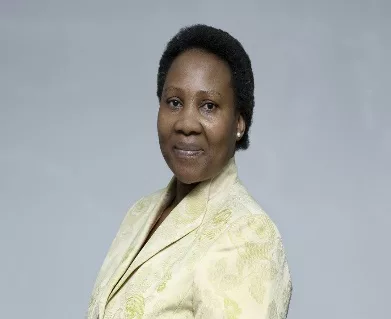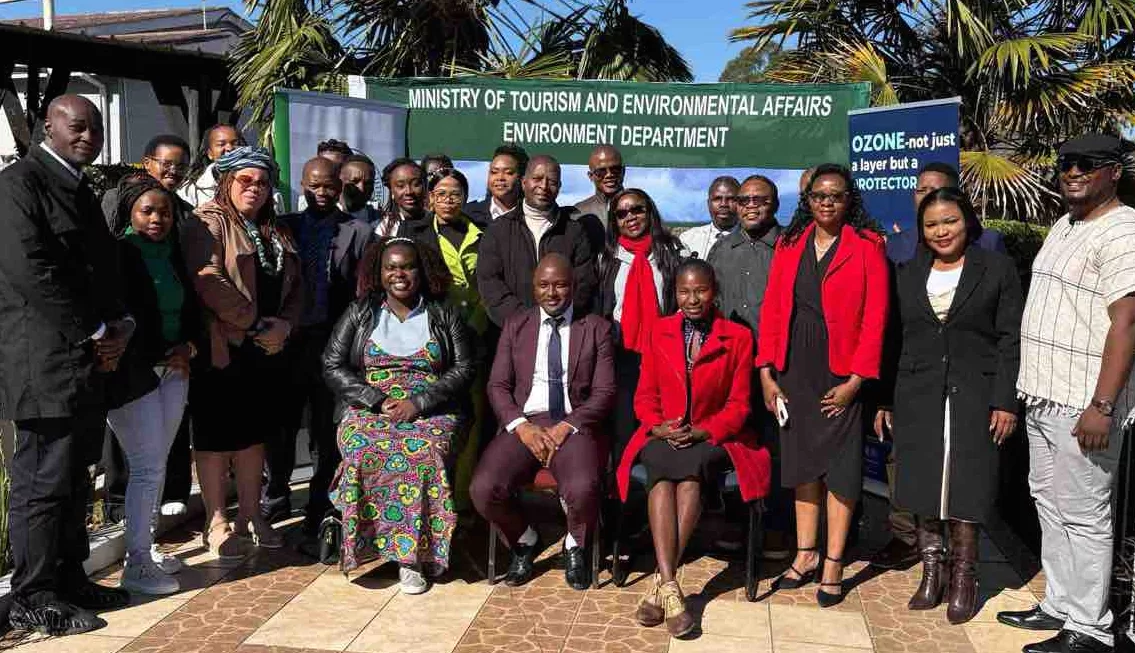By Byron Mutingwende
The noble undertaking of working towards the vision of achieving universal access to sustainable energy in Zimbabwe is being impeded by a plethora of challenges that require urgent attention.
This appeared at a meeting of the Portfolio Committee on Mines and Energy held in the Senate Chamber with the minister of energy, parastatals and boards on plans and programmes to address urgent issues in the energy sector.
Ambassador Simon Khaya Moyo, the minister of energy said the 2012 National Energy Policy was now lagging behind due to the current technological developments.
“The National Energy Policy has proved to be archaic in terms of technological developments. We have had annual reviews of the policy since 2012 and now each sector should come up with strategic plans to ensure we have an executable policy in line with the current times,” Moyo said.
Patson Mbiriri, the permanent secretary for the ministry of energy alluded to the obstacles that the ministry is facing in in pursuing towards the attainment of that vision. He said when the plan was put in place in 2012 there was no policy on biofuels and the ministry grappled with challenges on revenue generation, high tariffs and a slow rural electrification process.
“I must say we had challenges in the past but we now have an adequate supply of fuel to the economy. A framework is in place to extend the electricity grid in the rural areas. Rural areas are at 20% in terms of access to modern energy. Nationally, 40% of the population has access to modern energy,” Mbiriri said.
Minister Khaya Moyo said Zimbabwe is currently experiencing power shortages but that is being cushioned by a supply of 300MW from Eskom. The low water levels at Kariba mainly cause the shortages.
As a panacea, there is the construction of Kariba 7 and 8 Extension Projects that will provide an additional 300MW of electricity to the grid upon completion at a cost of $533 million. President Emmerson Mnangagwa will commission the Kariba Unit 7 during the first week of February. The Hwange 7 and 8 units (which is 85% funded by China Eximbank) are a long-term solution expected to generate 700MW. The project has stalled because the country is still in arrears of servicing other Chinese loans.
In terms of fuel, the minister bemoaned monopolies in the sector and promised to open it up to independent players. Of concern was the exorbitant prices of fuels which were mainly driven by Excise duty on the commodity.
Legislators raised concern over irregularities in the Dema Power Plant, which was an emergency project to address the threat of the closure of Kariba Power Plant due to critically low levels of water in the dam at that time.
“When we embarked on the Dema Power Project, there was a real threat that Kariba would be closed. In 2015, we received good rainfall and South Africa provided us with energy at a lower cost. We discarded the project because the plant uses at least nine 40 000-litre trucks of diesel every day,” Mbiriri said.
Gloria Magombo, the Chief Executive Officer of the Zimbabwe Energy Regulatory Authority (ZERA) revealed that the Dema Plant consumed between 10, 8 – 12 million litres of fuel per month, hence its unsustainability.
However, questions remain on where the fuel that was imported duty free and not used for electricity generation went to since it seems unaccounted for. There are also concerns that the owners of the Dema Project was corruptly given the licence without an Environmental Impact Assessment.


